They perform multiple services and can be customized to fit the application. Hydraulic valves are composed of the main casing, the bonnet that is a removable casing section, a seat or connection and a sealing disc. Read More…
Since 1912, Fulflo Specialties has been providing "chatter free" products that modulate to regulate pressure. The company is able to provide customers with an extensive line of parts, which can mount in any position.
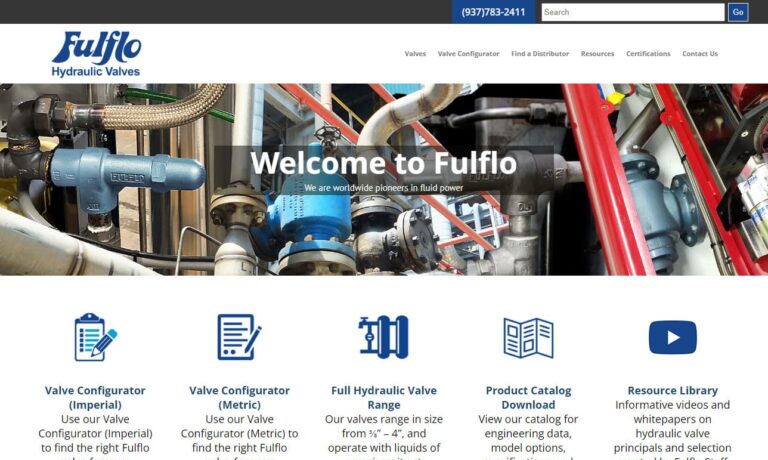
Bermad has been a world wide leader in the manufacturing of high quality hydraulic control valves for 45 years. Bermad’s products are prevalent in the irrigation, water works, and fire protection industries. Bermad is committed to the environment as it maximizes water use efficiency and is constantly upgrading manufacturing methods. Bermad has subsidiaries in Australia, Brazil, China, and Italy.

Doering manufactures valve and pump products for fluid power applications. Our valves include hydraulic flow control valves, gas valves, stainless steel hydraulic valves, hydraulic pressure control valves, hydraulic poppet valves and hydraulic spool valves. Download our product catalog from our site.
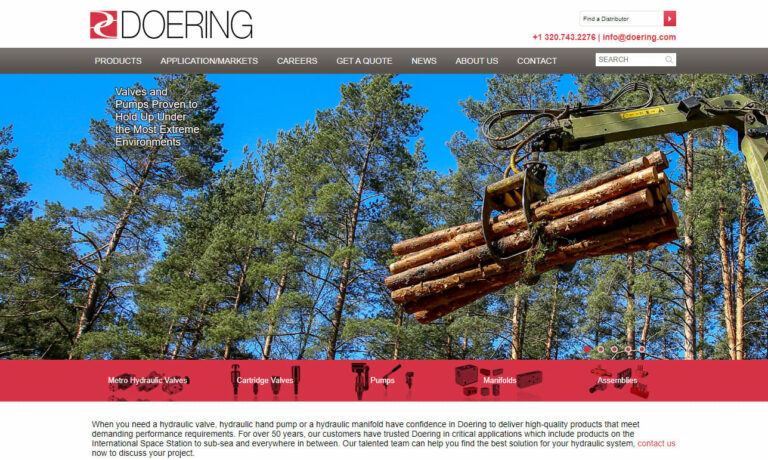
Since 1983, HUSCO International has been a global leader in providing the major international markets with manufactured components. Among our products are a variety of hydraulic control valves and flow rates. Target applications include construction, material handling, agricultural tractors and other general applications as well. ISO 9001:2008 certified.

More Hydraulic Directional Control Valve Manufacturers
Directional controls valves have the ability to permit flow in more than one direction, so they have a component that shifts or rotates to accommodate the number of ports. Some directional valves are also check valves, self-activating safety valves that allow fluid to flow in only one direction so as to prevent contamination.
Hydraulic directional control valves may be constructed from a metal such as brass, bronze, copper, cast iron or stainless steel as well as plastic or composite materials. They are generally an average around three inches in length although they can be smaller than a pencil tip or larger than a bowling ball.
Specifications such as diameter, pressure and temperature are important to consider so they might achieve the maximum result. Common uses for control valves include process control, oil or fuel, sanitary, wastewater, water, irrigation, gas or air, steam, fire service, cryogenic, refrigeration, chemicals and laboratory or medical within industrial, manufacturing and labor industries.
Directional control valves types include globe, diaphragm, pinch, knife or gate, needle, butterfly, ball and plug. They are usually electronically controlled though they can also be operated manually by rotating a handwheel or turning a switch at least 90°. Inside the valve, a piston or other component (depending on the specific kind of valve) allows fluid flow through or around itself until a signal is given to close off one side while another opens.
Some automatically change when the fluid pressure behind the piston or part exceeds the pressure below it. One of the most common kinds of directional control valves is the hydraulic ball valve. This valve is widely used and utilizes a spherical element with holes bored through it. When rotated, a different hole lines up with the corresponding pipes or tubes and the fluid changes direction.
Standard ball valves have only one hole that allows for straight-through flow with a simple quarter turn shutoff. When used for directional control, ball valves often have holes that form a T; one or all three passageways may be shutoff. Some directional control valves are faster than others; the speed and tightness of the seal depends on the mechanical strength of the part, the precise degree of machining and the method by which it is activated.

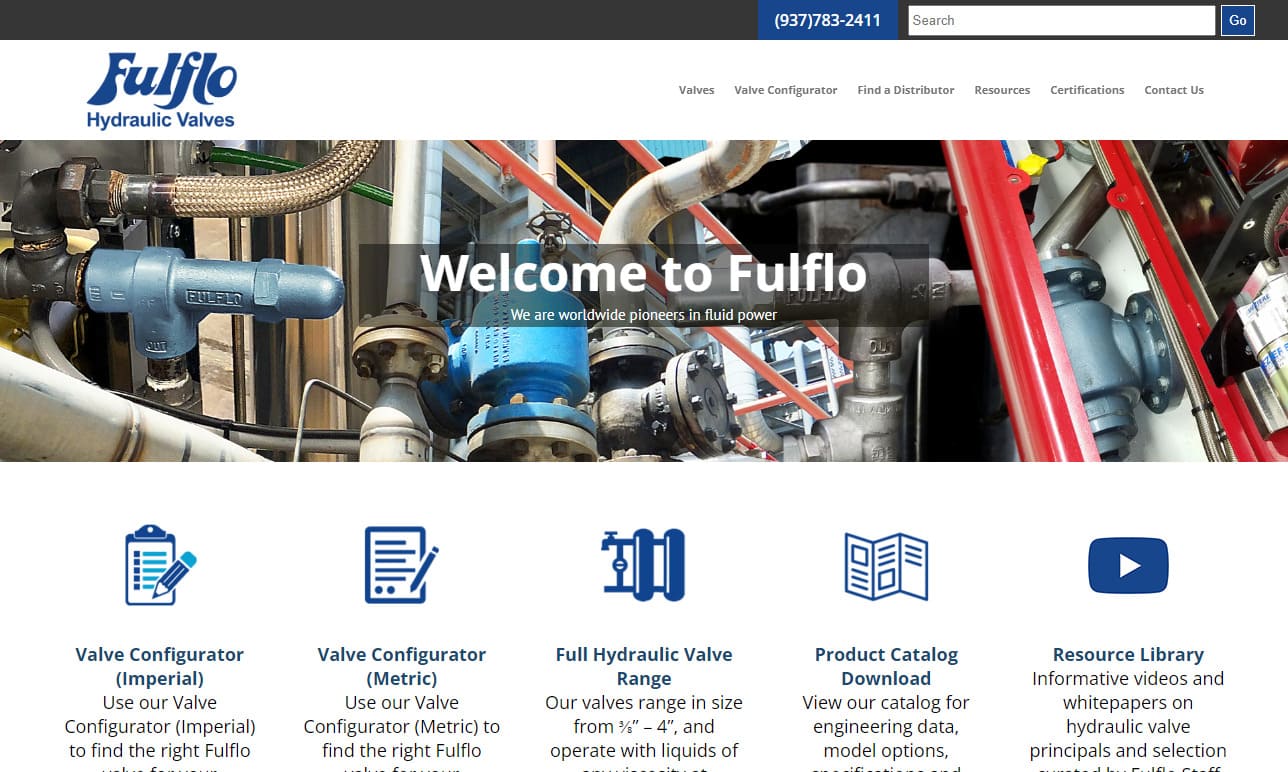

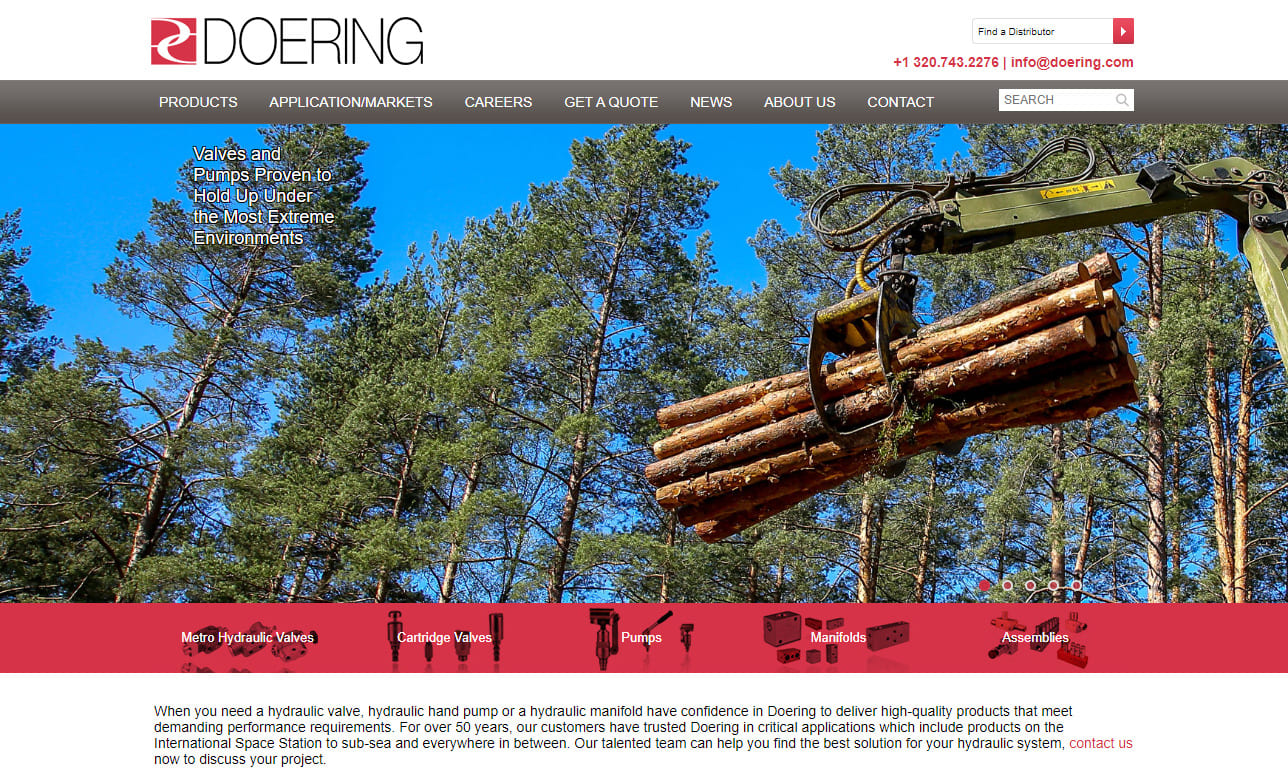

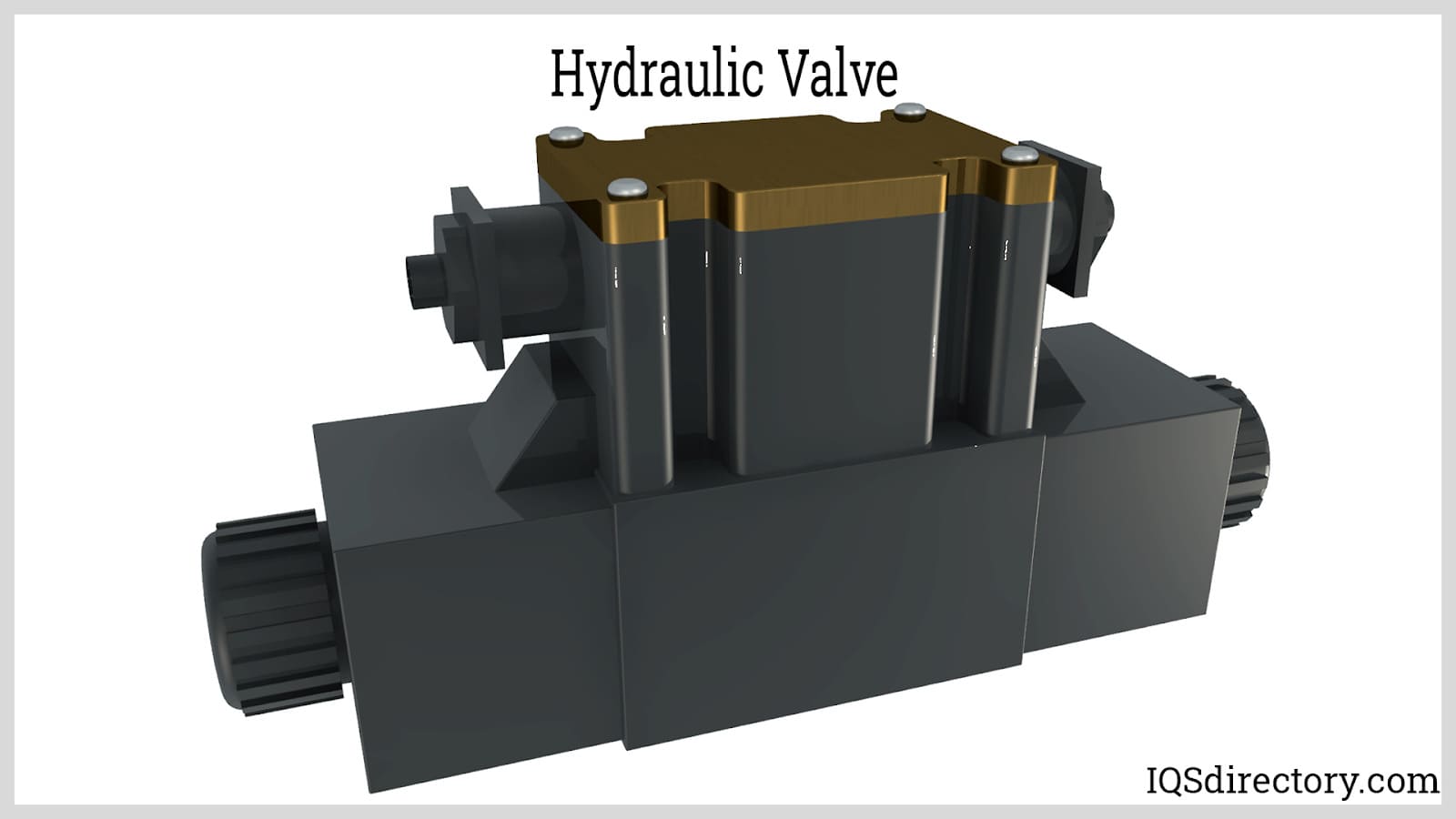
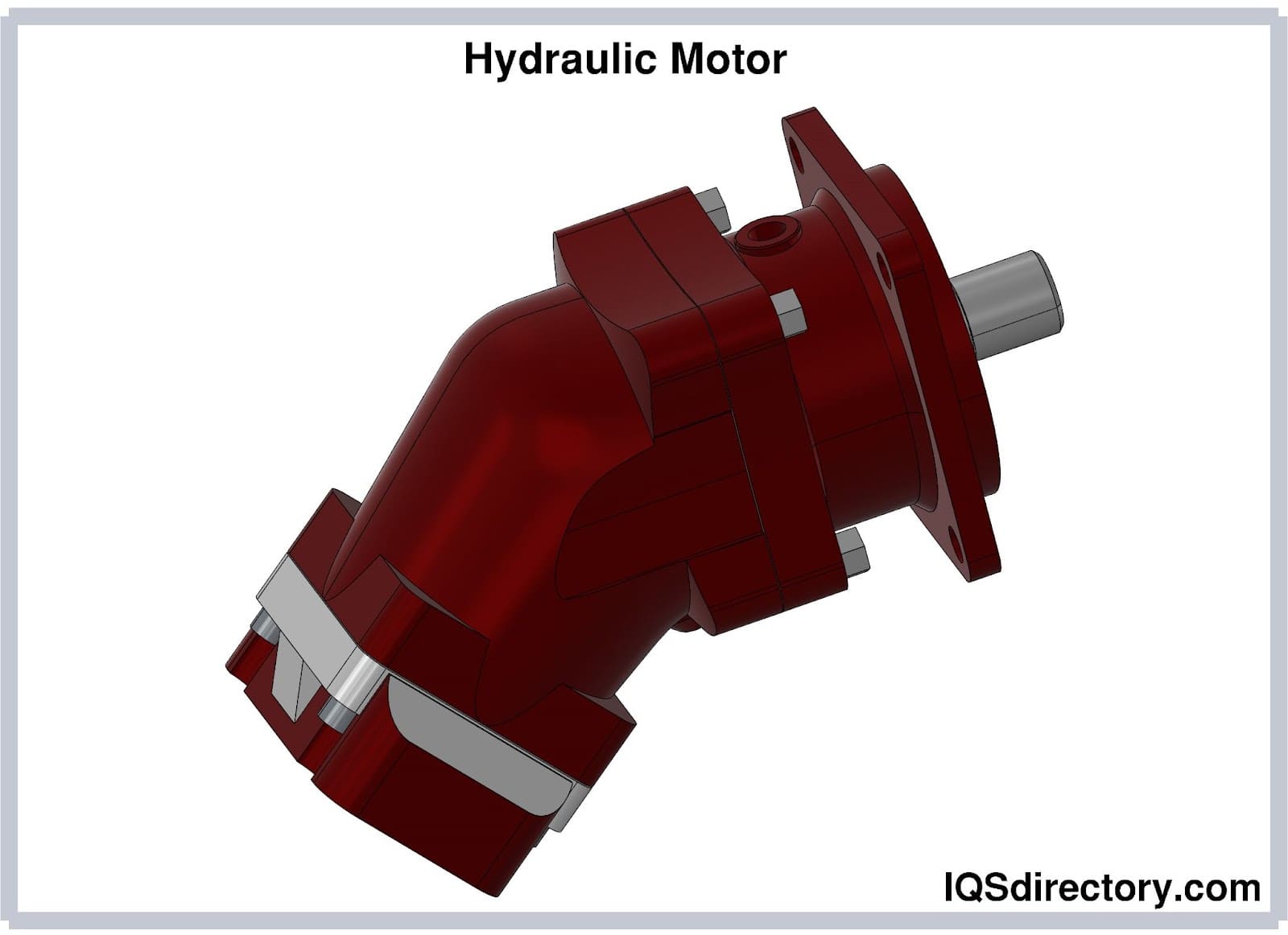
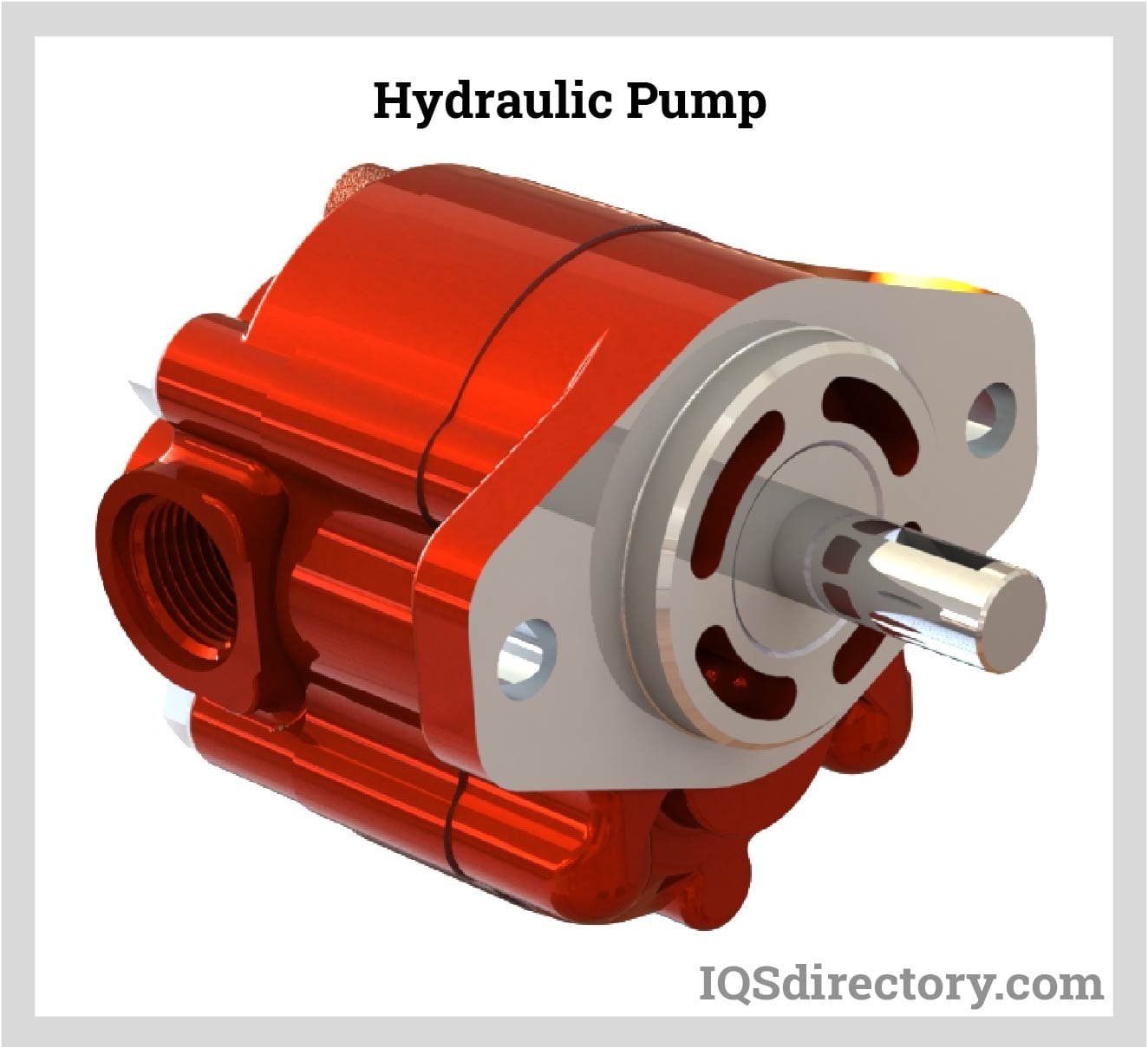
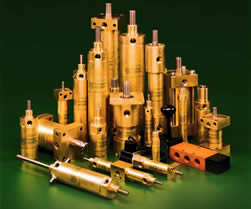 Hydraulic Cylinders
Hydraulic Cylinders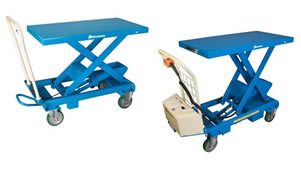 Hydraulic Lifts
Hydraulic Lifts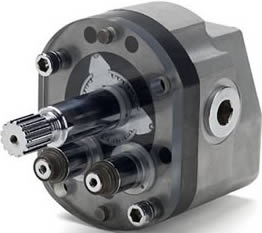 Hydraulic Motors
Hydraulic Motors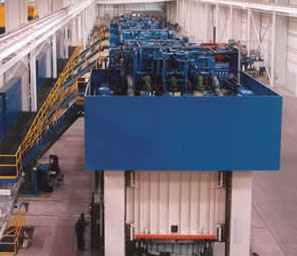 Hydraulic Presses
Hydraulic Presses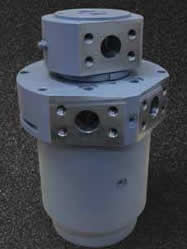 Hydraulic Pumps
Hydraulic Pumps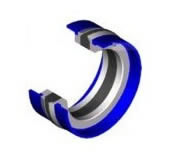 Hydraulic Seals
Hydraulic Seals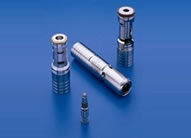 Hydraulic Valves
Hydraulic Valves Castings & Forgings
Castings & Forgings Bulk Material Handling
Bulk Material Handling Electrical & Electronic Components
Electrical & Electronic Components Flow Instrumentation
Flow Instrumentation Hardware
Hardware Material Handling Equipment
Material Handling Equipment Metal Cutting Services
Metal Cutting Services Metal Forming Services
Metal Forming Services Metal Suppliers
Metal Suppliers Motion Control Products
Motion Control Products Plant & Facility Equipment
Plant & Facility Equipment Plant & Facility Supplies
Plant & Facility Supplies Plastic Molding Processes
Plastic Molding Processes Pumps & Valves
Pumps & Valves Recycling Equipment
Recycling Equipment Rubber Products & Services
Rubber Products & Services